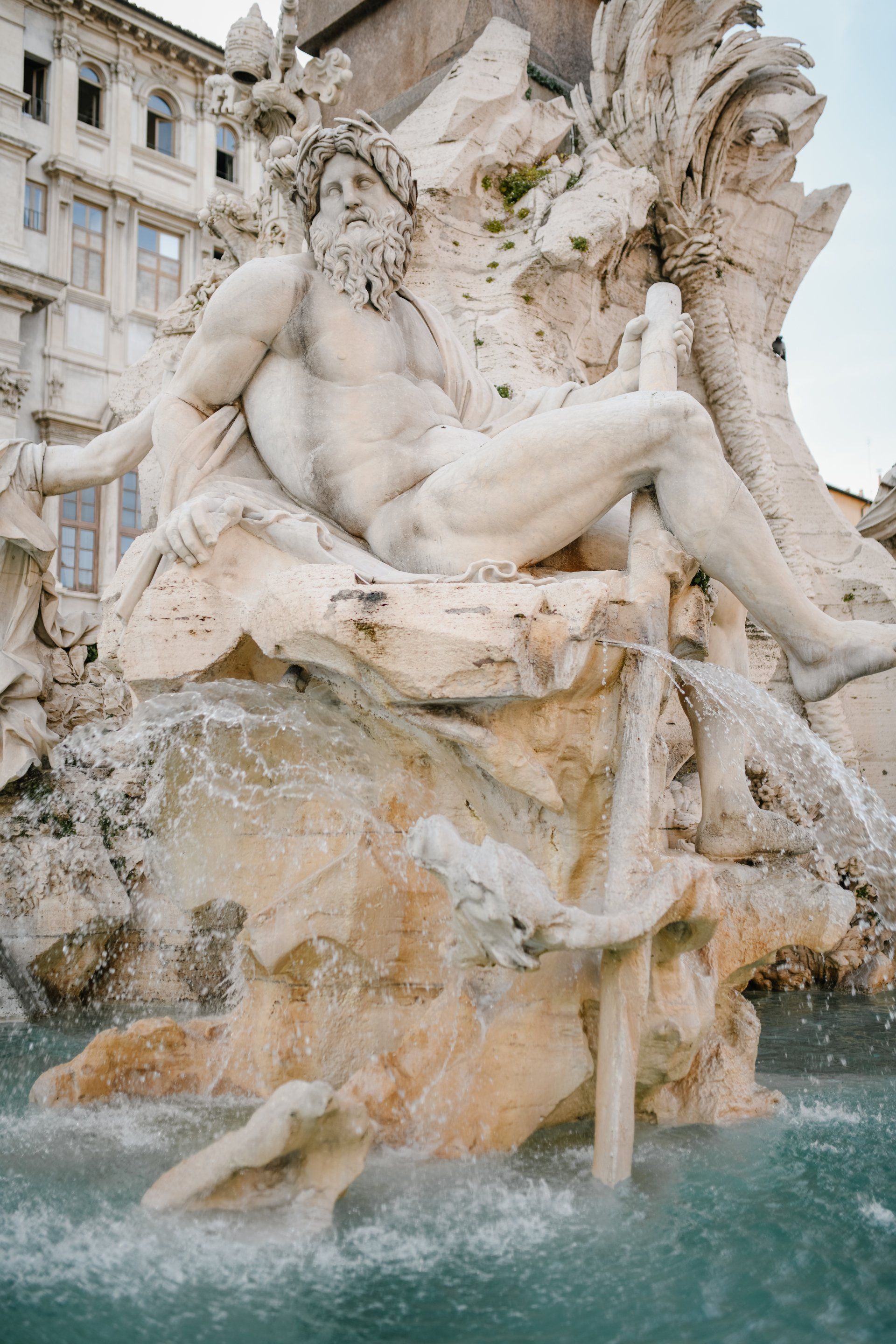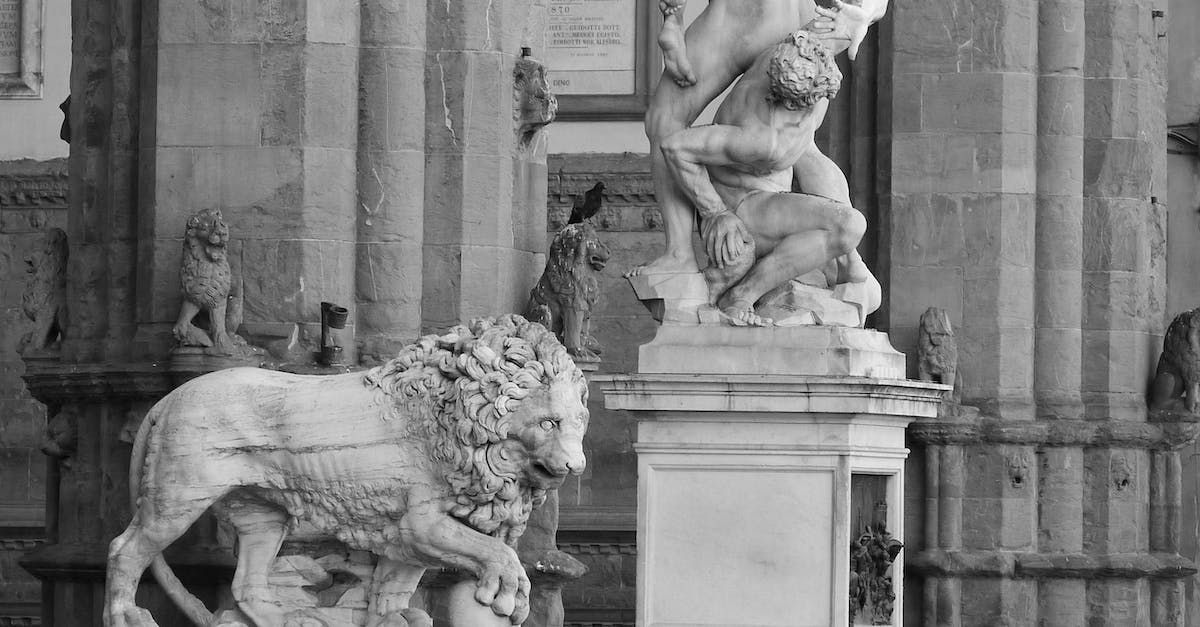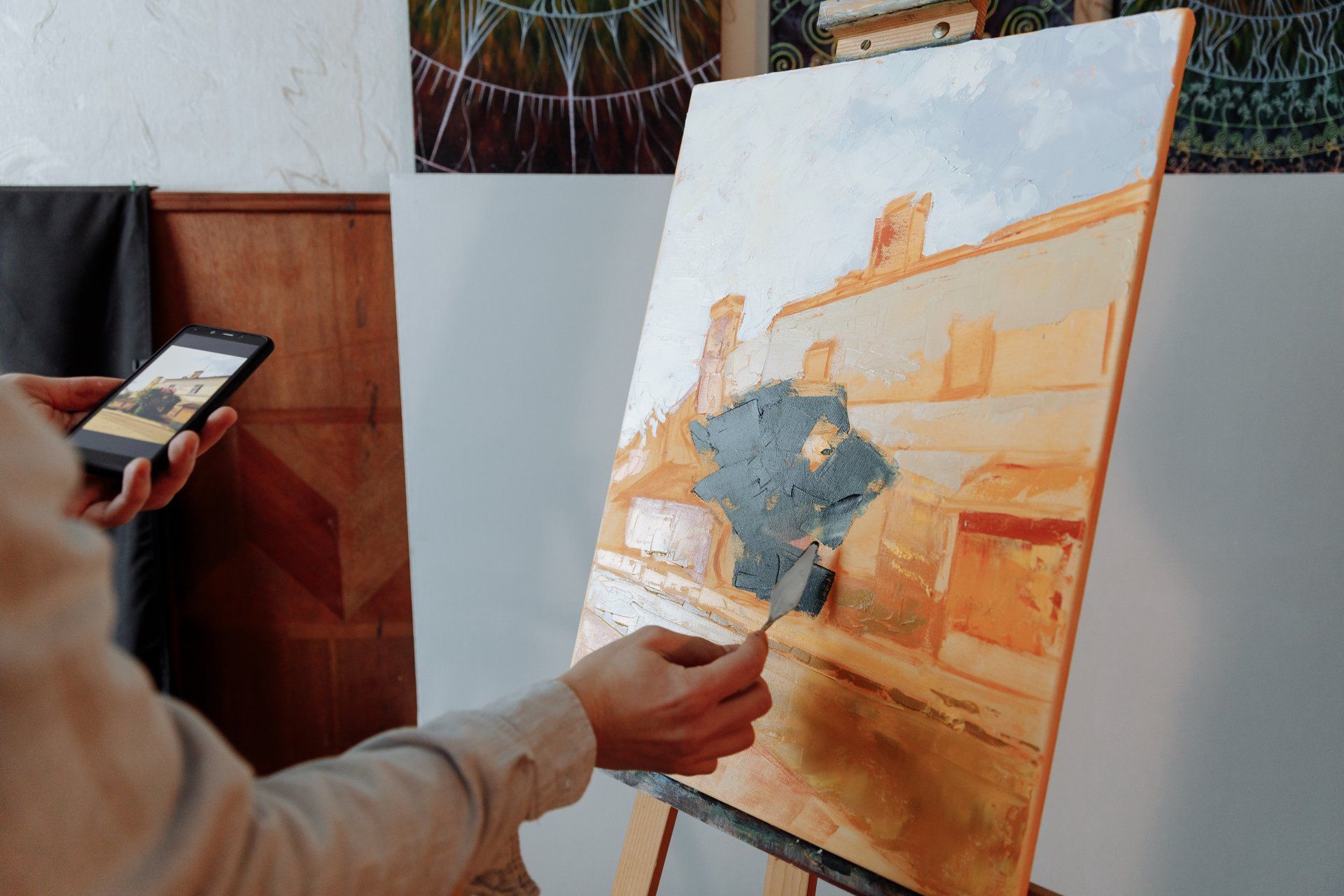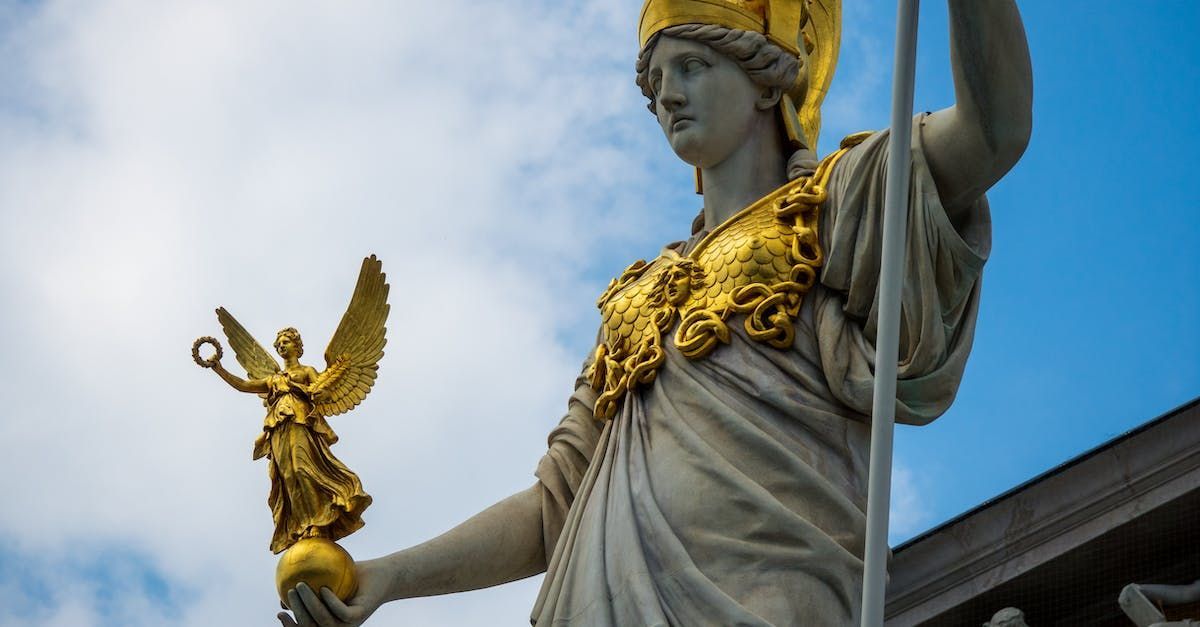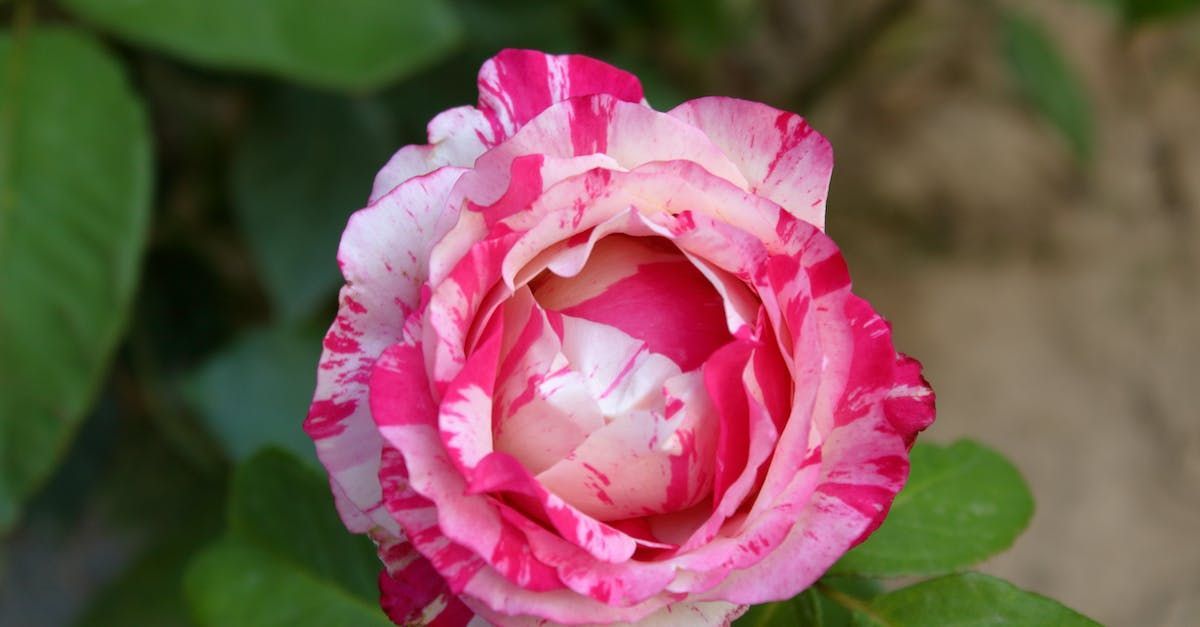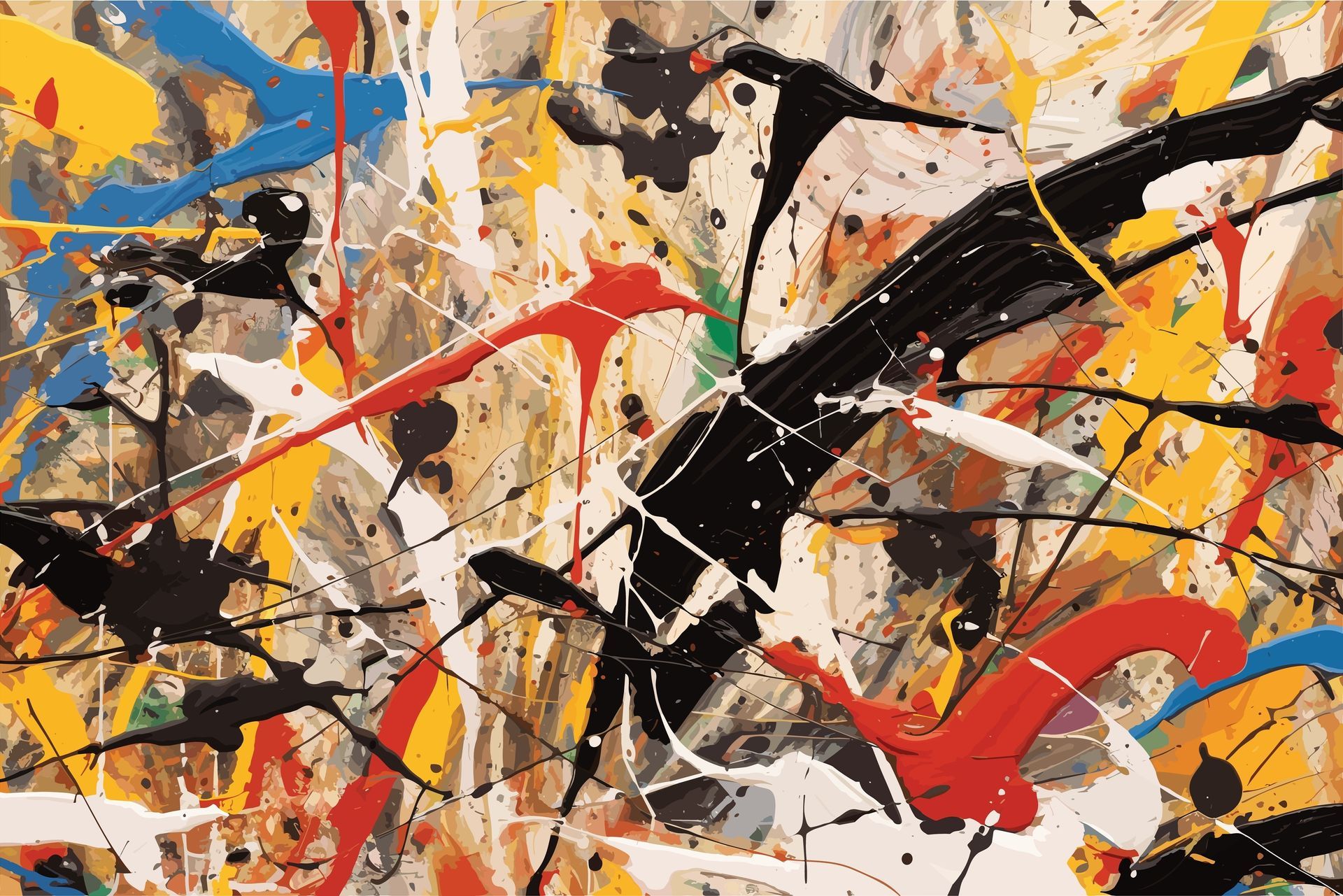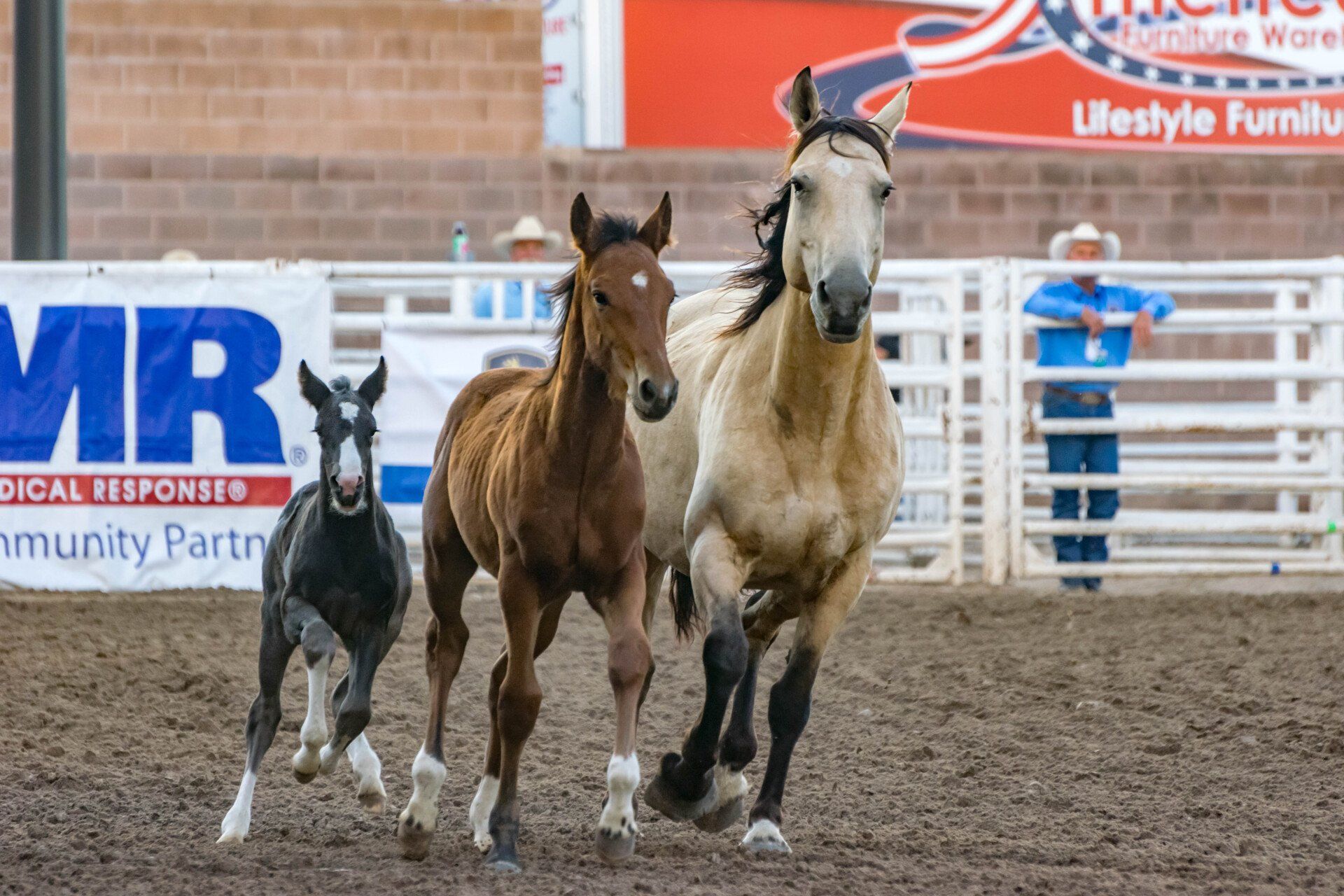The Northern Renaissance
The Flemish Masters
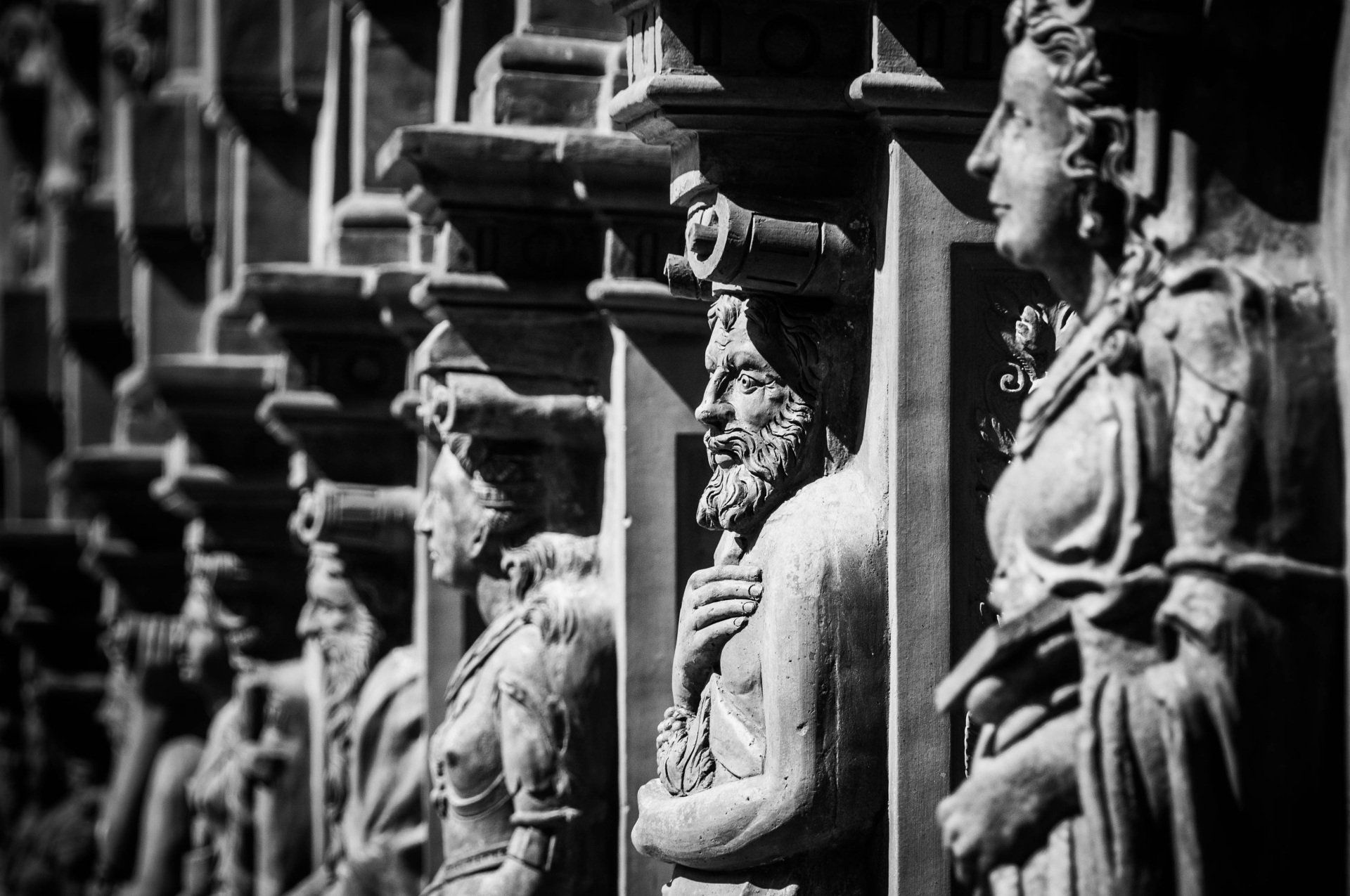
The Northern Renaissance, which flourished in the 15th and 16th centuries, brought about a distinct artistic movement in the Low Countries, specifically in Flanders (modern-day Belgium) and the Netherlands. The Flemish Masters of the Northern Renaissance made significant and unique contributions to the art world, influencing subsequent generations of artists and leaving a lasting legacy.
One of the defining characteristics of Flemish Renaissance art was its meticulous attention to detail and technical precision. Flemish artists developed highly refined techniques, utilizing oil paints to achieve remarkable levels of realism and depth in their works. This mastery of oil painting allowed for intricate textures, subtle tonal variations, and the depiction of light with exceptional accuracy.
Among the notable Flemish Masters, Jan van Eyck stands out as a pioneer in oil painting. His meticulous craftsmanship and attention to detail were groundbreaking. Van Eyck's masterpiece, the "Ghent Altarpiece," is an iconic example of his technical prowess and ability to create lifelike representations. His use of layered glazes and transparent glazing techniques allowed for a remarkable illusion of depth and luminosity in his paintings.
Another influential Flemish Master was Pieter Bruegel the Elder, known for his genre scenes, landscapes, and allegorical works. Bruegel's art often depicted everyday life and rural landscapes with remarkable detail and a keen eye for capturing the human condition. His works, such as "The Harvesters" and "The Tower of Babel," not only showcase his technical skill but also convey complex narratives and social commentary.
The Flemish Masters also made significant contributions to the development of still-life painting. Artists like Ambrosius Bosschaert and Jan Brueghel the Elder (son of Pieter Bruegel the Elder) specialized in creating detailed compositions of flowers, fruits, and other objects. These still-life paintings were not merely representations of objects but often carried symbolic meanings or conveyed a sense of transience and beauty.
Another noteworthy Flemish Master, Hans Holbein the Younger, gained prominence as a portraitist. His portraits, such as those of Henry VIII and the English Tudor court, are celebrated for their precision and ability to capture the sitter's personality. Holbein's attention to detail, use of subtle lighting, and psychological insight brought a new level of realism to portraiture.
The Flemish Masters' unique contributions to art extended beyond technique. They also embraced humanism, incorporating humanistic ideals and themes into their works. Many Flemish Renaissance artists explored the interplay between religious devotion, everyday life, and the natural world, reflecting the changing intellectual and cultural landscape of the time.
In summary, the Flemish Masters of the Northern Renaissance made significant and unique contributions to the art world. Through their meticulous attention to detail, technical precision, and pioneering use of oil painting, they achieved a level of realism and depth that had a lasting impact on subsequent generations. Their works continue to captivate viewers with their beauty, narrative complexity, and exploration of humanistic themes.
